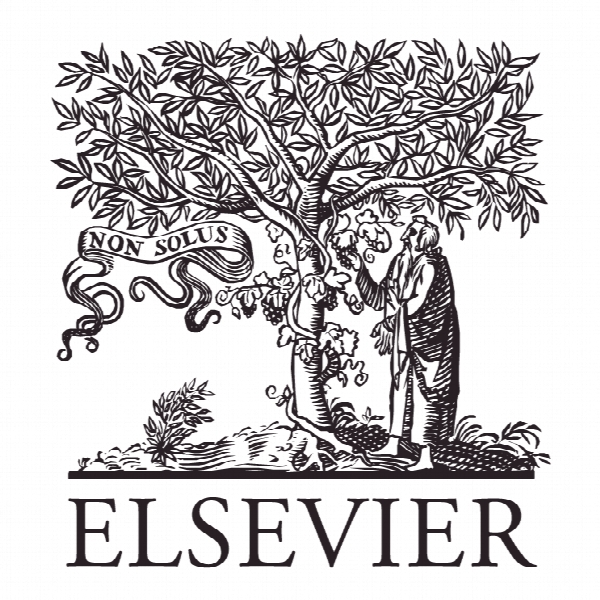یک مدل MILP برای برنامه ریزی طولانی مدت کارکنان دانشگاهی و برنامه ریزی ترکیب در دانشگاه های دولتی A MILP model for the long term academic staff size and composition planning in public universities
- نوع فایل : کتاب
- زبان : انگلیسی
- ناشر : Elsevier
- چاپ و سال / کشور: 2017
توضیحات
رشته های مرتبط مدیریت
مجله امگا – Omega
دانشگاه گروه مدیریت، بارسلونا، اسپانیا
نشریه نشریه الزویر
مجله امگا – Omega
دانشگاه گروه مدیریت، بارسلونا، اسپانیا
نشریه نشریه الزویر
Description
1. Introduction Universities are Knowledge Intensive Organizations, i.e. KIOs [28] in which having academic staff with certain knowledge and expertize may require several years (workers, which are highly qualified, are not easily replaced). Having the right academic staff size and composition in a university, as in other organizations, depends on decisions that must be taken in advance enough (for example, to have a certain amount of professors in a certain year is possible only if staff with the right profile is hired some years before and trained and promoted progressively from lower categories). Without an accurate strategic planning the available academic staff may not be appropriate for the requirements of the university, both regarding teaching capacity (teaching hours) and research and knowledge transfer activities. Thus, it is essential to have tools that enable an adequate planning for long term (strategic) academic staff size and composition. This is especially important for public universities, where there are normally strict regulations that do not permit to adjust easily the staff composition. In most countries universities have been growing (both in number and size) as the education level of the population was becoming higher. The size of the academic staff in public universities has been increasing while the economic situation of countries was good and the demand for university courses was high. Generally, the academic staff was growing, but without the result of an analytical planning procedure and only as the result of short-term decisions taken normally with a reduced horizon (without considering for example future retirements). As Rowley et al. [25], Birnbaum [5] and Lillis [16] pointed out that usually the planning of the workforce in universities is mostly short-sighted and motivated from the need of solving punctual problems, or intensively explored for a short period of time only to be abandoned later, without any real attempt to assess their effectiveness. The lack of an accurate planning may cause a too high cost of the staff, or a shortage or a surplus of academics with certain knowledge and/or expertize in some areas or departments or an inappropriate staff composition; note that, as Maenhout and Vanhoucke [20] state, in a university, where knowledge plays an important role, not only the economic criteria are necessary to be considered for determining a staff composition. Academic staff tasks include, besides of teaching, doing research and participating in knowledge transfer projects (also keeping some management responsibilities like a head of a department does). Hence, people who are able to do these tasks and also people who are able to manage these tasks are needed. This gives raise to the need of achieving an academic workforce with reasonable costs and a proper capacity in terms of research and knowledge transfer. Both costs and capacity outperforming those tasks grow with the category so both criteria have to be taken into account when planning the staff size and composition, reaching to a balanced workforce.


